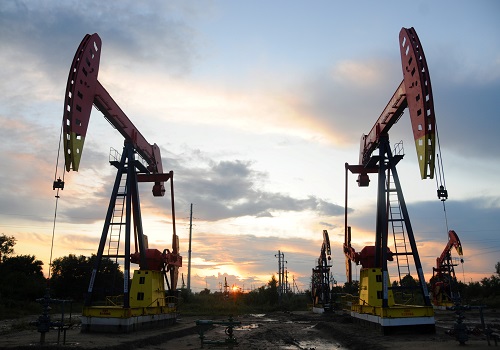Oil & Gas Sector Update : Regulating regas charges could be tough to implement By Motilal Oswal Financial Services Ltd
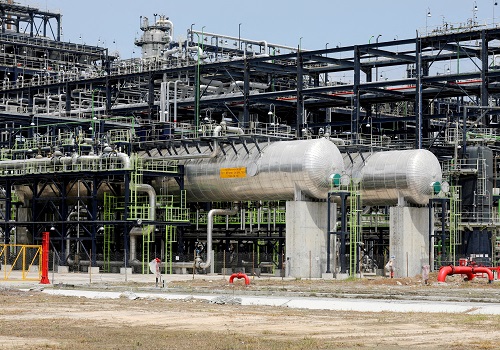
Regulating regas charges could be tough to implement
* PNGRB on 31st Dec’24 issued a consultation paper stating regas charges levied by LNG terminals may be required to come under some form of regulatory oversight (for now these are private agreements between customers and terminal operators). PNGRB’s view appears to stem from: 1) 95-100% utilization at the Dahej terminal even as other terminals remain mostly under-utilized, 2) some customer complaints that third parties are unable to access the Dahej terminal for their cargoes.
* As we understand, PNGRB currently does not have the power to regulate such re-gas charges, and an amendment in the PNGRB Act will be needed to enact this. We also believe lower utilization and profitability at most terminals might be a function of pipeline connectivity for various pending terminals. In metro cities such as Bangalore, City Gas Distribution (CGD) network expansion has not commenced due to a lack of pipeline connectivity. High utilization at Dahej is largely a function of solid pipeline connectivity and proximity to Gujarat, where industrial as well as CNG gas demand remains strong. Even if regas charges at the Dahej terminal are reduced, we do not see any utilization benefit for other terminals. Often terminals lack scale (up to 5mmtpa vs. 17.5mmtpa for Dahej) and may face specific issues (e.g., lack of breakwater facility at Dabhol). We also believe Dahej should continue to enjoy the benefit of a low historical cost base as a reward for taking on risk when LNG demand in India was in nascent stages. Attempts to regulate re-gas charges and returns earned by LNG terminals look like a step, which in the long run, will discourage private capex in LNG terminal development. We have a neutral rating on PLNG.
PNGRB recommends its authority over LNG regassification activities
* PNGRB recently released a case study: Optimising LNG Supplies from Terminals in India in which it highlighted key issues w.r.t. LNG sourcing, LNG terminal utilization, and LNG re-gas charges; and gave recommendations for enhancing the LNG supply chain in India.
* Major issues highlighted by PNGRB are mentioned below:
* LNG regassification overcapacity: While ~47.7mmtpa of re-gas capacity currently exists, under-construction and planned capacities shall take this number to ~87mmtpa for an expected LNG import demand of only ~56mmtpa. Additionally, these planned capacities and expansions will require additional pipeline infrastructure and major capex.
Exhibit 1: LNG terminal capacity buildup vs. LNG Import

* Resultant capacity under-utilization: Apart from Dahej/Hazira terminals achieving 98.2%/67.2% capacity utilization over FY16-FY23, all other terminals combined have had a utilization of around 26%.
Exhibit 2: Capacity Utilization - LNG Terminals (%)

* Unreasonably high terminal charges according to PNGRB: While the Dahej terminal was started with a 5mmtpa capacity and is ramped up to 17.5mmtpa capacity at lower incremental expansion investments due to shared facilities, annual increments have been made to the regas charges by PLNG. Additionally, the Dahej terminal with 95% capacity utilization has regas charges and annual increments similar to any terminal with 25% capacity utilization. PNGRB also highlighted that in the case of natural gas pipelines, the effect of utilization beyond a benchmark return (12% post-tax) is passed on to the customers, which should also be the case here.
* Restructuring of PLNG’s ownership: Since major off-takers of R-LNG are also key stakeholders of PLNG, PNGRB believes that LNG sourcing contracts with Qatar and Australia are sourced through Dahej/Kochi, which is not the ideal scenario. Additionally, this makes it difficult for other terminals to source long-term volumes.
* Cost inefficiencies: Sourced LNG, from places like Qatar and Australia, through the Dahej terminal, is unreasonable for a customer located in Eastern India.
* PNGRB’s recommendation: While PNGRB does not have regulatory oversight over regassification and other charges of LNG terminals, LNG transportation, and taxation, it has recommended to bring the entire LNG regassification activities, including regassification tariff, under its regulatory framework to ensure services availability to customers at reasonable rates, increasing utilization of all terminals, and promoting development of the sector.
For More Research Reports : Click Here
For More Motilal Oswal Securities Ltd Disclaimer
http://www.motilaloswal.com/MOSLdisclaimer/disclaimer.html
SEBI Registration number is INH000000412


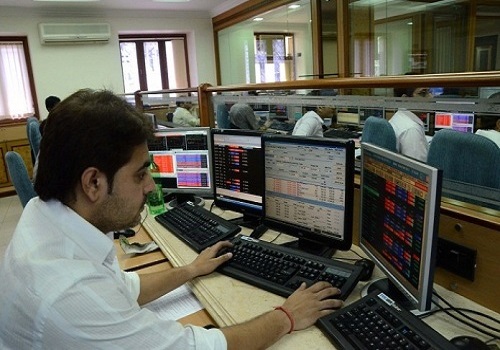

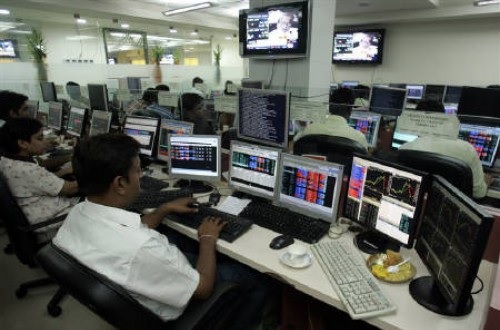


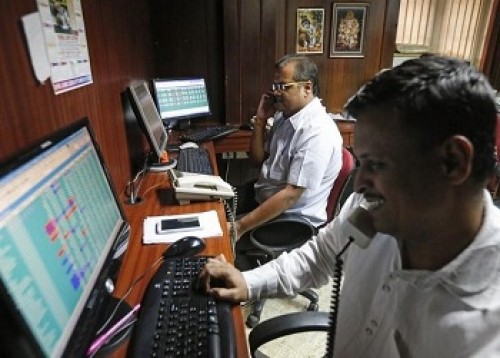

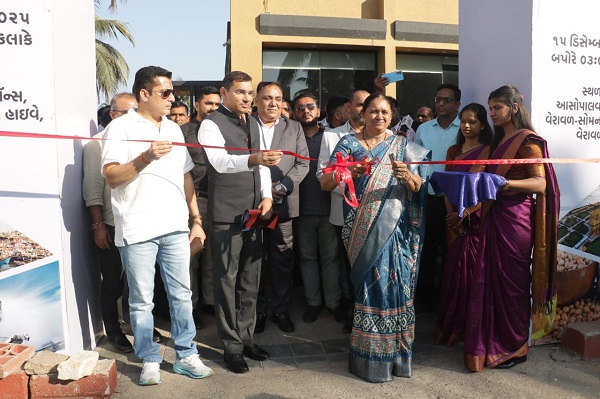
More News

Consumer Retail Sector Update : GST rate rationalisation: Shot in the arm at the right time ...











